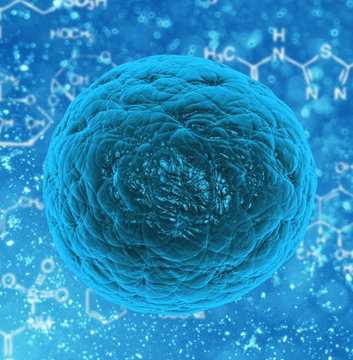
Ever since the gene editing system rocketed to fame, scientists have been looking for variants with better precision and accuracy.
While there may be exotic CRISPR systems hidden in these libraries, there are simply too many entries to search. This month, a team at MIT and Harvard led by CRISPR pioneer Dr. Feng Zhang took inspiration from an existing big-data approach and used AI to narrow the sea of genetic sequences to a handful that are similar to known CRISPR systems. Some could more precisely lock onto the target gene for editing with fewer side effects.
Other variations aren’t directly usable but could provide insight into how some existing CRISPR systems work-for example, those targeting RNA, the “Messenger” molecule directing cells to build proteins from DNA. “Biodiversity is such a treasure trove,” said Zhang.
Although CRISPR is known for its gene editing prowess in humans, scientists first discovered the system in bacteria where it combats viral infections.
Zhang is no stranger to the hunt for new CRISPR systems.
“A number of years ago, we started to ask, ‘What is there beyond CRISPR, and are there other RNA-programmable systems out there in nature?'” Zhang told MIT News earlier this year.
More recent versions of the system, such as base editing or prime editing, use different types of Cas proteins to perform single-letter DNA swaps or even edit RNA targets.
Dubbed OMEGA, these systems use foreign guide RNAs and protein scissors, yet they could still readily snip DNA in human cells cultured in petri dishes.
The goal isn’t to hunt down shiny, new gene editors just for the sake of it.
Rather, it’s to tap nature’s gene editing prowess to build a collection of gene editors, each with its own strengths, that can treat genetic disorders and help us understand our body’s inner workings.
“There are probably more RNA-programmable systems out there, and we’re continuing to explore and will hopefully discover more.”
They transformed technology that analyzes bewilderingly large datasets-like software highlighting similarities in large deposits of document, audio, or image files-into a tool to hunt genes related to CRISPR. Once complete, the algorithm analyzed gene sequences from bacteria and collected them into groups-a bit like clustering colors into a rainbow, grouping similar colors together so it’s easier to find the shade you’re after.
In these, the team identified 188 genes no one has yet associated with CRISPR and that could make up thousands of new CRISPR systems.
These longer guide RNA “Queries” suggest the systems could have fewer side effects.
Another system is like a previous CRISPR-based diagnostic system called SHERLOCK, which can rapidly sense a single DNA or RNA molecule from an infectious invader.
When tested in cultured human cells, both systems could snip a single strand of the targeted gene and insert small genetic sequences at roughly 13 percent efficiency.
The team also uncovered genes for a new CRISPR system targeting RNA previously unknown to science.
“Some of these microbial systems were exclusively found in water from coal mines,” said study author Dr. Soumya Kannan.
It’s still too early to known whether these systems can be used in human gene editing.
The AI can mine a vast universe of genetic data to find potential “Unicorn” gene sequences and is now available to other scientists for further exploration.
